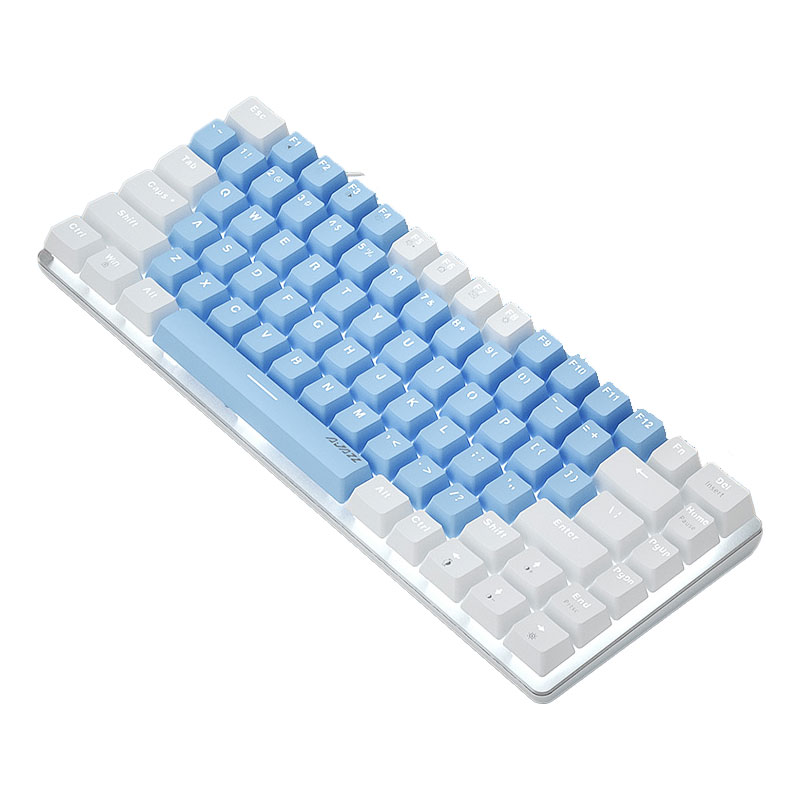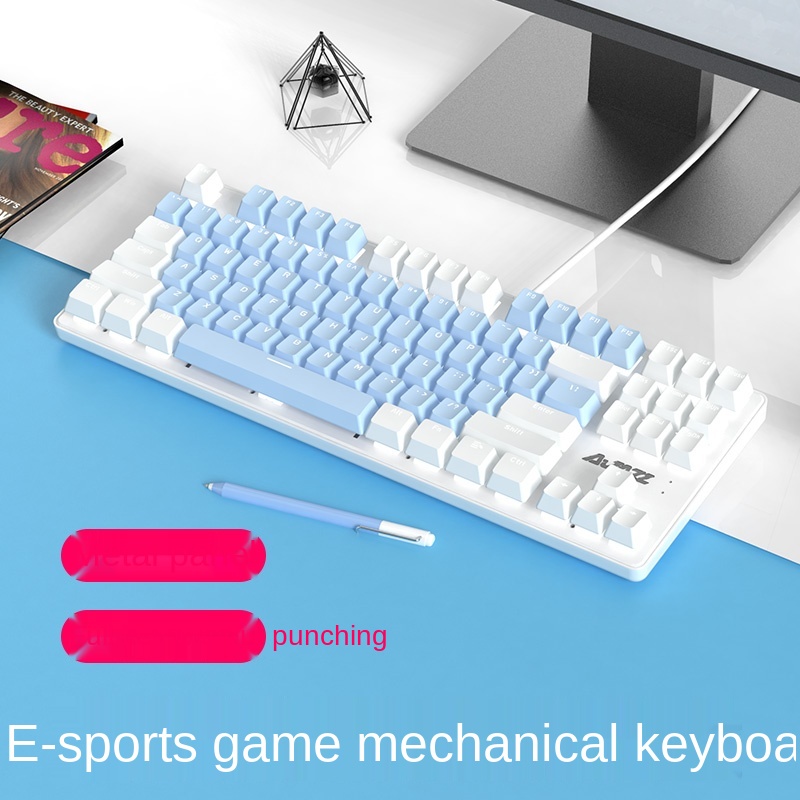
To test this hypothesis, N=21 novice participants were asked to repeatedly complete a ring rollercoaster surgical training task as quickly as possible. We hypothesize that individuals receiving haptic feedback will increase accuracy (produce less force) while increasing their task completion time, compared to a control group receiving no haptic feedback. In this study, we provide haptic feedback of the force applied by the surgical instruments using custom wrist-squeezing devices.

However, it remains unclear whether these improvements represent a fundamental improvement in skill, or if they simply stem from re-prioritizing accuracy over task completion time. Prior research has demonstrated that haptic feedback can increase task accuracy in RMIS training. This limitation forces surgeons to rely heavily on visual feedback and can make it challenging for surgical trainees to manipulate tissue gently.

When coupled with minimal just-in-time training, it has the potential to bestow expert pleural access skills on non-expert operators without the use of ground resources, in both emergent and elective treatment scenarios.Ĭurrent robotic minimally invasive surgery (RMIS) platforms provide surgeons with no haptic feedback of the robot's physical interactions. The assembly would integrate with an in-mission medical system and could be tailored to fully complement an autonomous medical response agent. We describe experiments conducted with an intelligent prototype sensorized system aimed at semi-automating tool insertion into the pleural cavity. Given uncertainty surrounding physician astronaut selection criteria, skill retention, and tissue condition, an adjunct for improved insertion accuracy would be of value. Both extremes can lead to tool overshoot and may be representative of astronaut tissues at the beginning (healthy) and end (deconditioned) of long duration exploration class missions. Operators identify pleural puncture via loss-of-resistance sensations on the tool during advancement, but experienced surgeons anecdotally describe a wide range of membrane characteristics: robust tissues require significant force to perforate, while fragile tissues deliver little-to-no haptic sensation when pierced. Tools must be positioned and oriented correctly to avoid accidental insertion into critical structures, and they must be inserted no further than the thin membrane lining the inside of the rib cage (i.e., the parietal pleura). Insertional complications are of particular concern since they cause inadvertent tissue damage that, while surgically repairable in an operating room, could result in (preventable) fatality in a spacecraft or other isolated, confined, or extreme (ICE) environments. Thus neither procedure is ideal for a pure just-in-time training or skill refreshment approach, and both may require adjuncts for safe inclusion in Level of Care IV (e.g., short duration lunar orbit) or V (e.g., Mars transit) missions.

However, ND has high failure rates (up to 94%), and TT has high complication rates (up to 37.9%), especially when performed by inexperienced or intermittent operators. On Earth, emergent cases are treated with chest tube insertion (tube thoracostomy, TT) when available, or needle decompression (ND) when not (i.e., pre-hospital). Chest trauma from dynamic loads, hypobaric exposure from extravehicular activity, and pulmonary inflammation from celestial dust exposures could potentially cause pneumothoraces during spaceflight with or without exacerbation from deconditioning.

Pneumothorax, a condition where injury or disease introduces air between the chest wall and lungs, can impede lung function and lead to respiratory failure and/or obstructive shock.


 0 kommentar(er)
0 kommentar(er)
